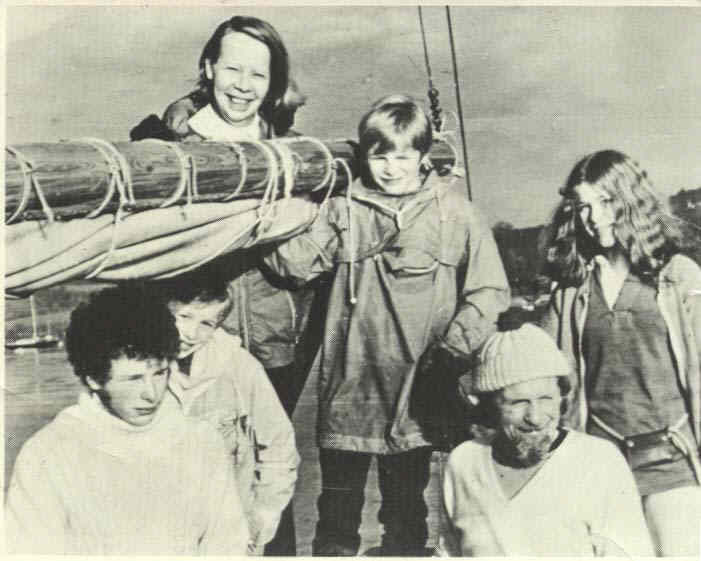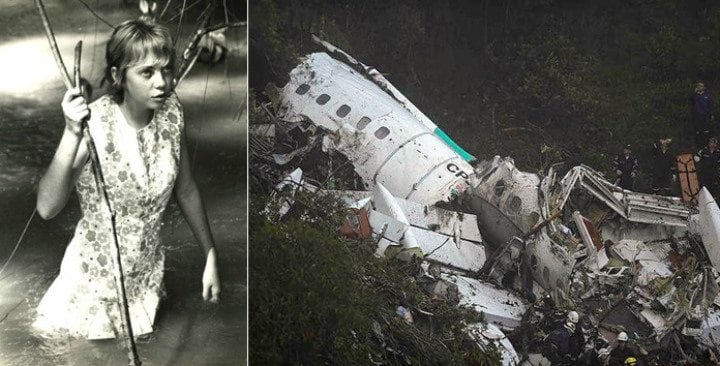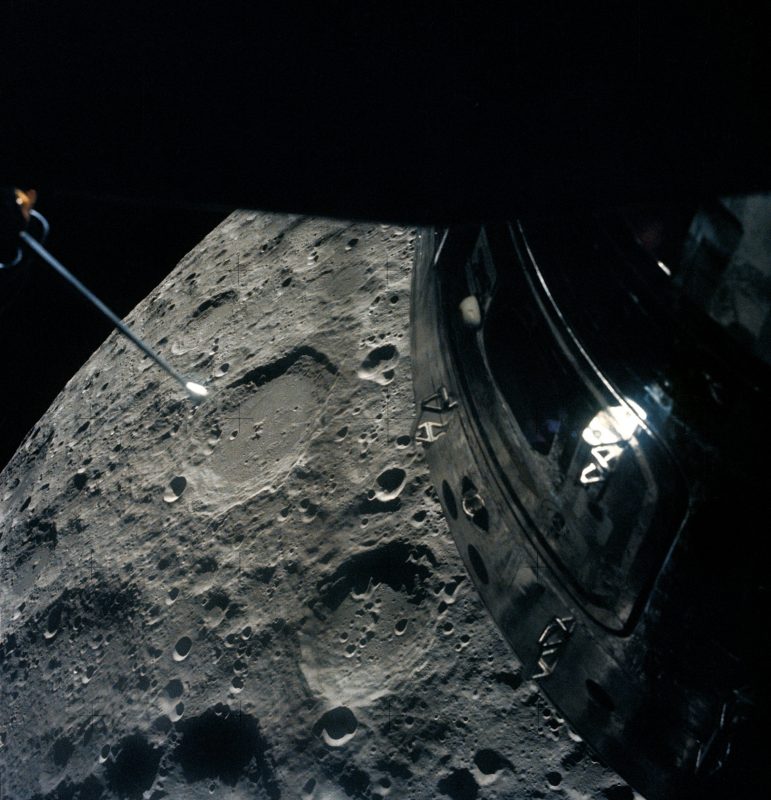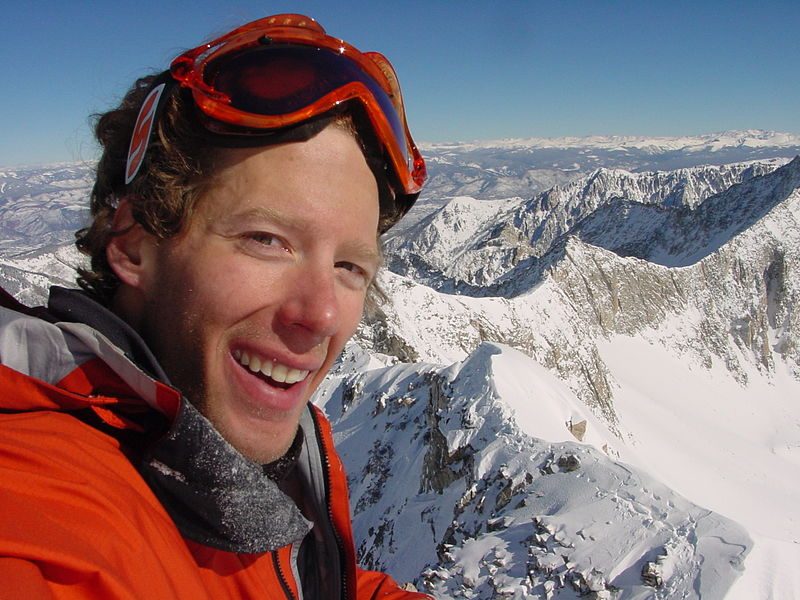Against All Odds: 7 Extreme Survival Stories
It’s difficult to comprehend what makes risk takers and adrenaline junkies tick, but some people just don’t feel alive unless they are living life right on the edge – the edge of a mountain, the far edge of space, or living on a storm-tossed sea.
Some of these folks never make it back to explain their motives for going on a particularly daring adventure. Nature is cruel, and no matter how prepared one is, there is no guarantee nature will cooperate.
Three experienced European mountain climbers died in Banff, Alberta, in Canada just last week in an avalanche. This is a fate that awaits many adventurers, no matter how experienced they are.
Occasionally, however, nature does cooperate and allows an individual, a team, or even a family to survive the harshest conditions. These folks, against all odds, have lived to tell their tales of inordinate risk, dangerous weather, and even emergency medical treatments done to get them out alive.
One such lucky outcome happened to the Robertson family in 1972. The father, Douglas, was a veteran British seaman who wanted his wife and four children to experience life on the water. They fared well for 17 months after their departure in late January 1971, but by June 15th, 1972, they were in a great deal of trouble.
A pod of killer whales attacked their boat near the Galapagos Islands, and soon the entire family was clinging to a lifeboat. They had less than a week’s worth of food left, and after 16 days they were still crowded onto a dinghy. Finally, a crew of Japanese fishermen spotted the stranded family, and on July 23rd they were rescued.

Another lucky individual lost at sea was Harrison Okene, a cook aboard a ship sailing off the coast of Nigeria in 2013. As fate would have it, Okene was in the bathroom when the ship capsized, and there he stayed, trapped, for three days with only a small amount of oxygen above his head.
But when investigators came to explore the shipwreck, they were astonished to find Okene alive and more or less fine. He did, however, swear he would never go to sea again.
Antarctica is one of the most formidable terrains on earth, which Ernest Shackleton and his crew of 28 sailors discovered in 1914.
Their ship became trapped in the ice, so the men used lifeboats to get to South Georgia Island, which was approximately 1,000 miles away. Incredibly, all survived the arduous journey.

Juliane Koepcke had not one but two close calls when she survived a plane crash in 1971. As the only person who made it out alive when the plane went down in the rain forest of Peru that Christmas Eve, Koepcke had to navigate her way down a stream with a broken collar bone and an infected arm that was teeming with maggots.
She was just 17 years old at the time. Nine days later, she was found by loggers, who immediately got her medical care. Koepcke’s story was so unusual that filmmaker Werner Herzog made a documentary about her entitled Wings of Hope, which came out in 2000.
Ordeals like these are horrifying enough when they happen on land; imagine disaster occurring almost 250,000 miles from earth.
The three-man crew of Apollo 13 were stranded that distance from home when their spacecraft veered off course, but they managed to “slingshot” their vessel back home with no casualties. They were hungry and bruised but miraculously, all three men survived.

Mountain climbers seem to live for adrenaline, but Aron Rolston got more than he bargained for while climbing in Blue Canyon, Utah.
He was alone, starving, and cold, with one arm wrenched in a small crevice between two boulders, and he had to make a decision: die there, all alone on that mountain, or saw off his own arm to free his body from the trap. He chose the latter option, and while he almost died from blood loss, he did, in fact, make it down.
The impromptu surgery put a dent in his solo expeditions, but Rolston still leads mountain climbing trips up the face of cliffs even today.

Many courageous men and women have pulled themselves out of perilous situations, but in the case of Ada Blackjack, the only word that begins to describe her actions is “heroic.” In 1921, she accompanied a team of researchers and geologists who were ordered to stake a claim on the Wrangel Islands for Canada, although the territory belongs to Russia today.
As an Inuit native of Alaska, her skills were a valuable asset to the team, most of whom had little idea of the harsh weather and terrain they were getting into. When a crew member fell sick, Blackjack was ordered to remain with him while the others left to seek help.

Unfortunately, it took almost two years for them to rescue her. By then, the crew member she was tending to had died, and Blackjack was blamed for it. Little thought was given to what she must have endured – trapped on that desolate island, in constant jeopardy from polar bears, with starvation nipping at her heels.
Finally, however, when the dead man’s family issued a public statement saying they did not hold Blackjack accountable, her reputation was restored. Nonetheless, she died in poverty, alone.
These people’s tales, and others like them, have one thing in common: the immutable determination of the person (or persons) to not panic and lose their ability to focus on what comes next.
It is no doubt true that few people could survive in a spaceship stranded thousands of miles from home or in a rain forest with no food and an insect-infected limb, but these folks did.
What qualities did these individuals possess that allowed them to not just cope with the almost-deadly circumstances in which they found themselves but also allowed them to get out alive and carry on? It’s one of the fundamental mysteries of human nature: what makes some people rise to great challenges that would cause others to fall apart and likely die?





